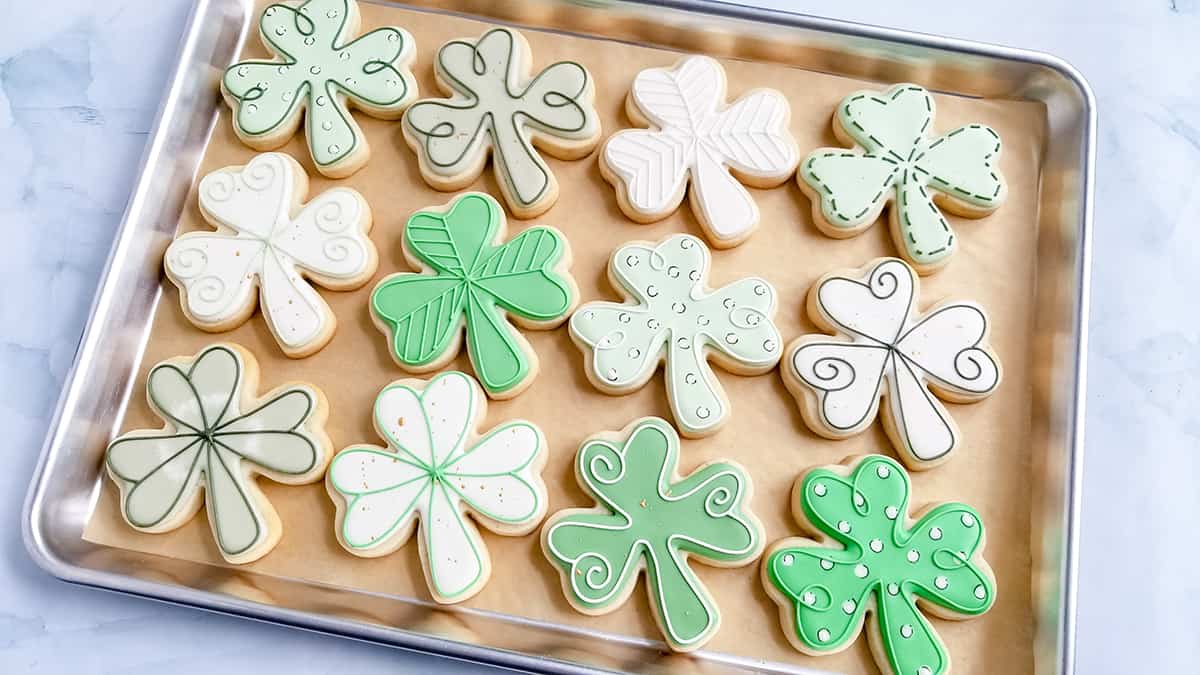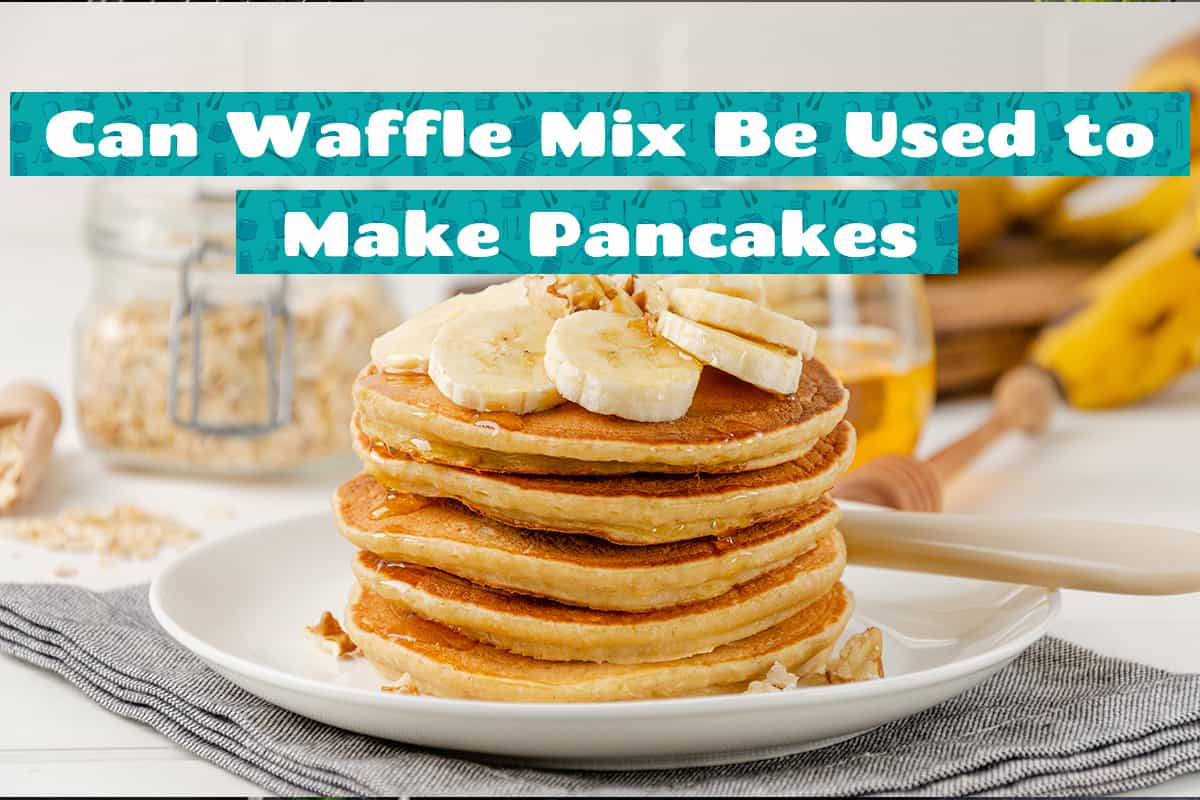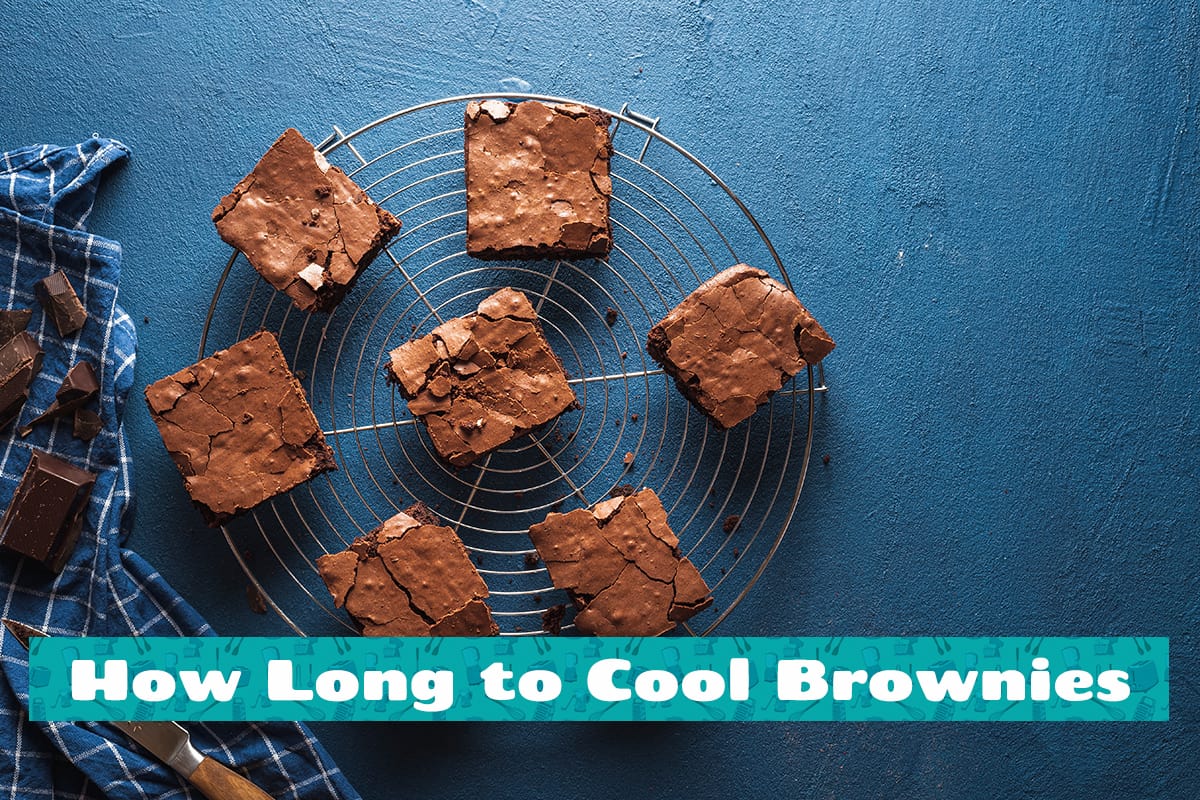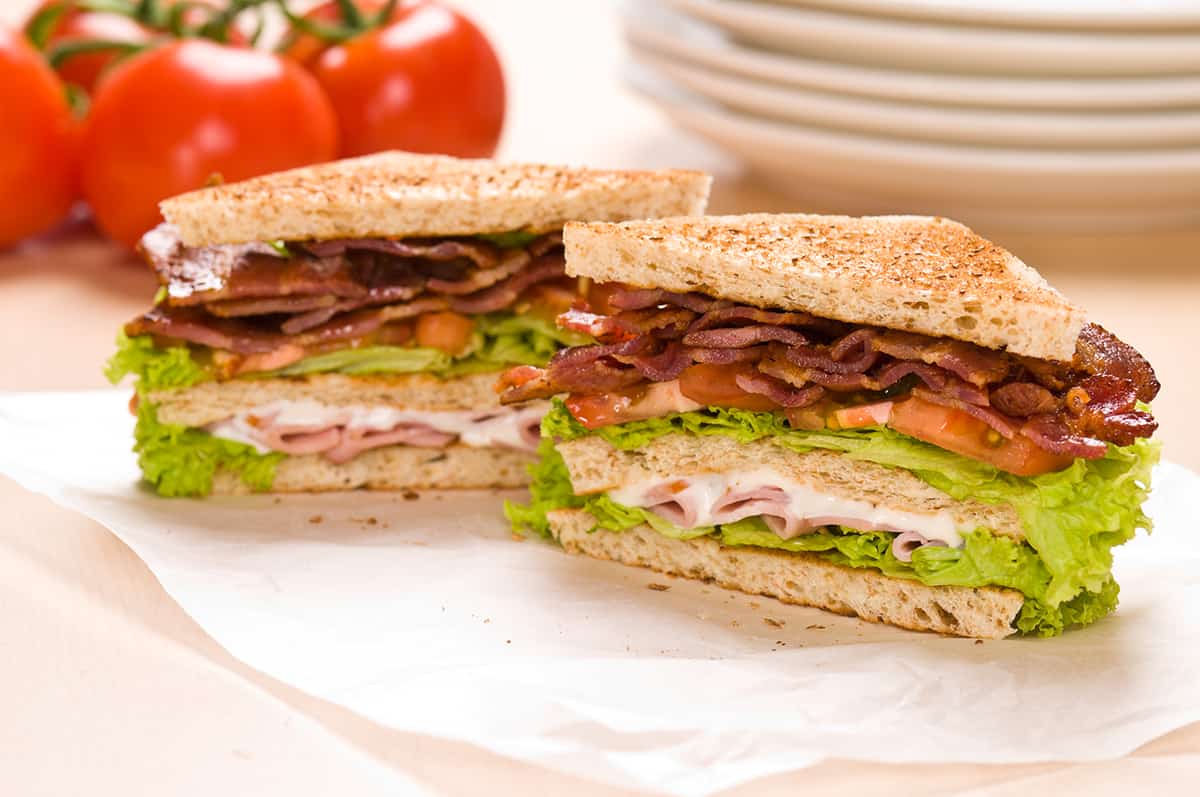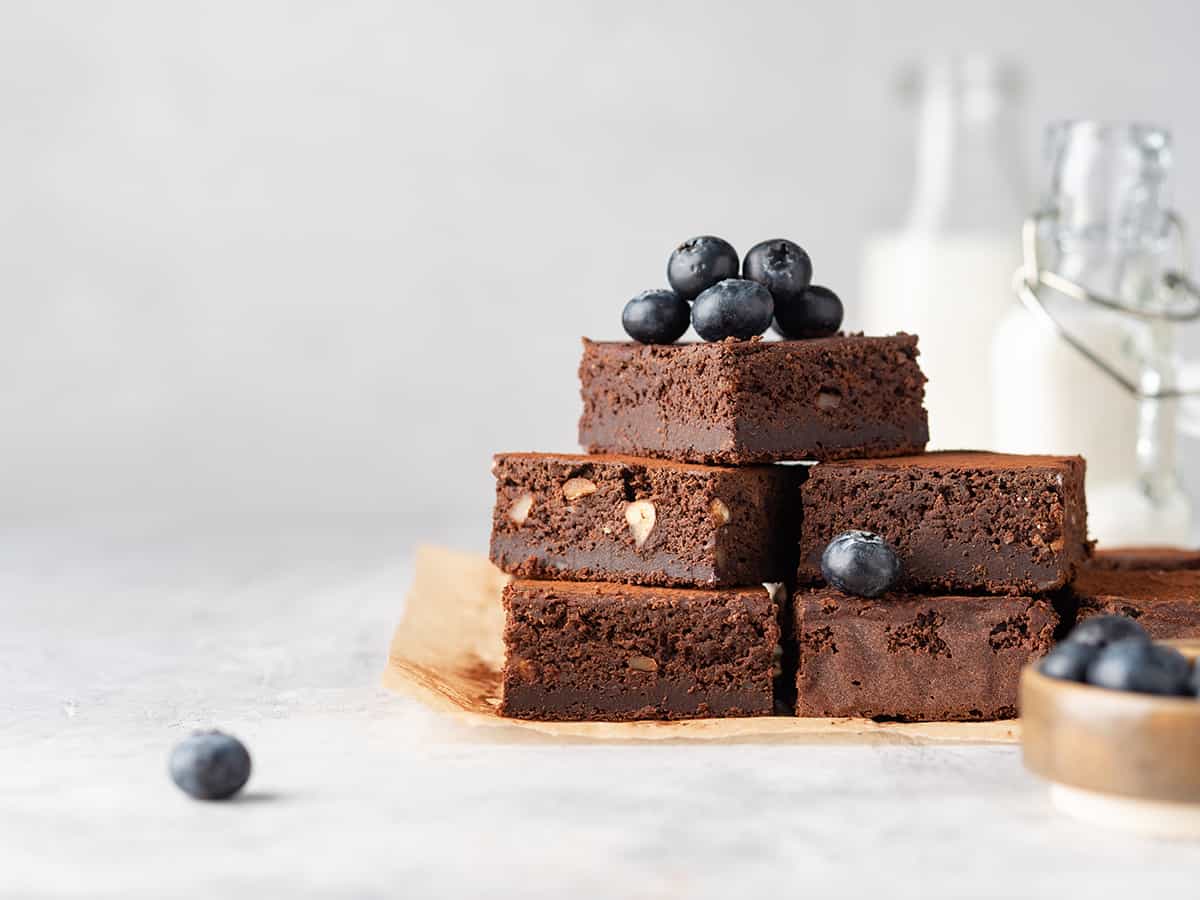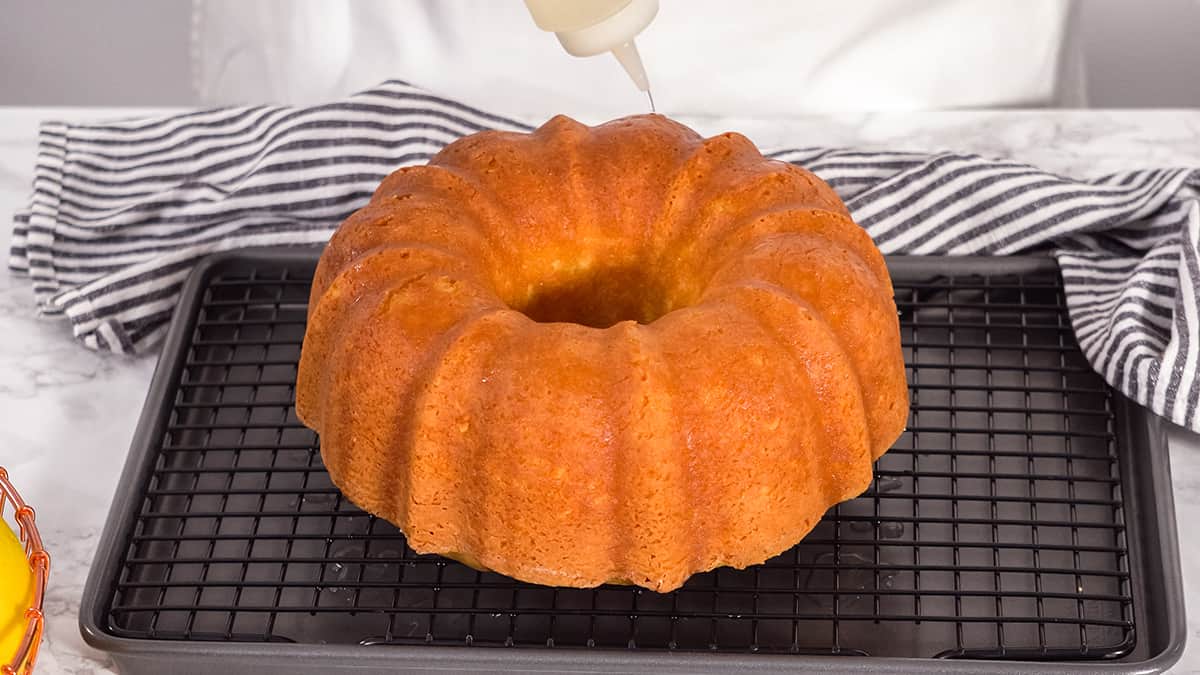Even though chocolate chip cookies are the quintessential American comfort food, not every American has a cookie sheet in their kitchen. So, what can they do to curb their cookie craving if borrowing a neighbor’s cookie sheet is out of the question?
For those that lack a cookie sheet at home, there are several alternatives you can use, such as a silicone mat, an aluminum baking sheet, a muffin tin, ramekins, a casserole dish, or even pizza stones. Basically, any flat oven-safe piece of bakeware will be a fine substitute for a cookie sheet.
Now, you’re probably wondering why you would even need a cookie sheet in the first place if there are countless alternatives. In this guide, I’ll explain what a cookie sheet is, why it’s the preferred bakeware for making cookies, and the possible alternatives to cookie sheets.
What Is a Cookie Sheet?

From a visual standpoint, cookie sheets don’t look any different from regular baking sheets. So, what is a cookie sheet and why does it matter?
A cookie sheet is a type of baking sheet with or without ridges or with only two raised sides on the left and right sides. This differs from the traditional baking pan or baking sheet, which comes with 4 raised sides that are easy to grip.
Due to the “missing” ridges or walls, they are not used for baking runny desserts. Instead, they are used exclusively for baking dry pastries that post zero risk of run-off and dirtying the bottom of your oven.
Another thing worth noting is that cookie sheets can be used to make any type of cookie, from soft chocolate chips to crumbly shortbread cookies. Basically, if you’re serious about your cookie-making endeavors, then the go-to piece of bakeware should be the cookie sheet.
Benefits of Cookie Sheets for Baking Cookies
The design of a cookie sheet allows for even heat distribution, which is crucial when preparing a large batch of baked goods in a single baking session. Since the bottom is completely flat and does not warp with proper care, you don’t have to worry about wobbling, which can lead to uneven baking.
In addition, due to the lack of ridges on the front and back, you can easily scoop out cookies or any baked goods from the surface of the cookie sheet. This is arguably the greatest selling point for those who make multiple, large batches of cookies at a time.
Cookie Sheet Alternatives—Bake Cookies Without a Cookie Sheet
With all that said, it’s not impossible to swap out a cookie sheet with other bakeware with flat surfaces. In fact, in my experience, you can get just about the same results from baking in cookie sheet substitutes as you would using the real thing.
Let’s go over cookie sheet alternatives, how they differ, and how they can affect the outcome of your cookies.
Silicone Mats or Pans
![]()
One of the latest and greatest inventions to affect the cookie-making world is the creation of the silicone baking mat. These mats have non-stick surfaces, so you don’t have to lay a sheet of parchment paper on top of it. In addition, they’re completely heat-resistant, so you don’t have to worry about them melting in your oven as you would other types of plastics.
However, there is one huge downside of silicone baking mats. They’re not very good at conducting heat, which means that they won’t crisp the bottoms of your cookies as you might have originally intended. They’re great for creating a non-stick surface, but that’s pretty much it.
Also, silicone mats are quite flexible, so moving them to and from your oven can be a pain. The good news is that there are silicone pans with rigid bases and walls, and they work exactly the same as traditional baking pans minus the crisping factor.
Aluminum Baking Sheets
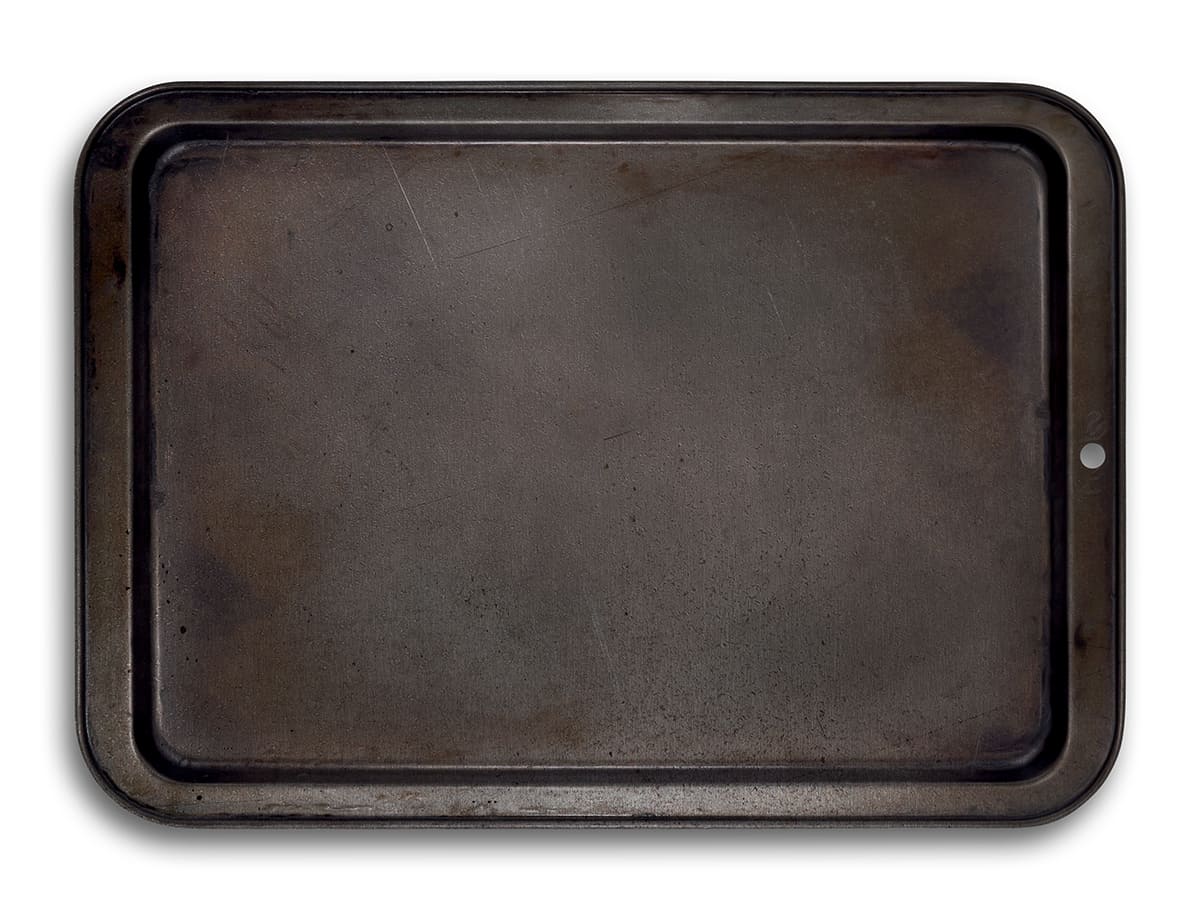
This is something every baker has at home, which is a good thing since aluminum baking sheets can be used for much more than just cookies. Unlike silicone, aluminum conducts heat rather quickly, so it can crisp the bottoms of your cookies or pastries in a jiffy.
Unfortunately, the bases on these baking sheets aren’t very thick. So, while they can conduct heat and distribute it evenly, they can heat up too quickly. This can lead to overcooked bottoms and raw centers in your cookies.
Also, aluminum is not naturally non-stick, so you will need to line it with greased aluminum foil or parchment paper.
Muffin Tins

Muffin tins are good for a-million-and-one different purposes, including making cookies. They have the benefit of providing the perfect mold for making round cookies, and their tall walls will allow your cookies to rise rather than spread out.
However, due to the greater amount of surface contact with your cookie dough, your cookie might end up fully cooked on the bottom and sides, while the center and top remain uncooked. Also, depending on the material, muffin tins can retain heat for too long, which can lead to an overly crispy exterior during the cooling phase of baking homemade cookies.
Ramekins

Ramekins are made of ceramic, porcelain, or stone. All of these materials are great at conducting and retaining heat, which means perfectly cooked cookies every time.
But just like muffin tins, ramekins will “hug” your cookies from the bottom and sides, so you will have to time the baking phase perfectly to prevent an overly dry exterior.
In addition, ramekins can take quite a bit of time to heat up, which makes them perfect for crème brûlée and other moist desserts but not for cookies. So, you can technically use them as a substitute for cookie sheets, but I’d advise sticking to other alternatives if at all possible.
Glass Casserole Dishes

Glass is a great insulator of heat that heats up slowly and cools down quickly, so you’ll have to remove your cookies 2-3 minutes sooner than you would when using a cookie sheet. Casserole dishes are great since they can sit 4-6 cookies at a time, depending on how much your cookie spreads.
However, as a large insulator, glass casserole dishes might not heat up evenly. This could lead to raw cookies on one side and overcooked cookies on the other. It’s a good idea to turn the glass dish once or twice in the oven during the baking process.
Ceramic and Porcelain Bakeware

Ramekins aren’t your only choice when considering ceramic or porcelain bakeware to make cookies. There are large casserole dishes and Dutch ovens that you can plop your cookie dough in if you’re in a pinch. Similar to glass, ceramic and porcelain are insulators, not conductors, so they take longer to heat up than to lose heat.
It’s important to check that your ceramic or porcelain baking dish is oven safe since not all of them can withstand extreme temperature changes.
Cast-Iron Skillets
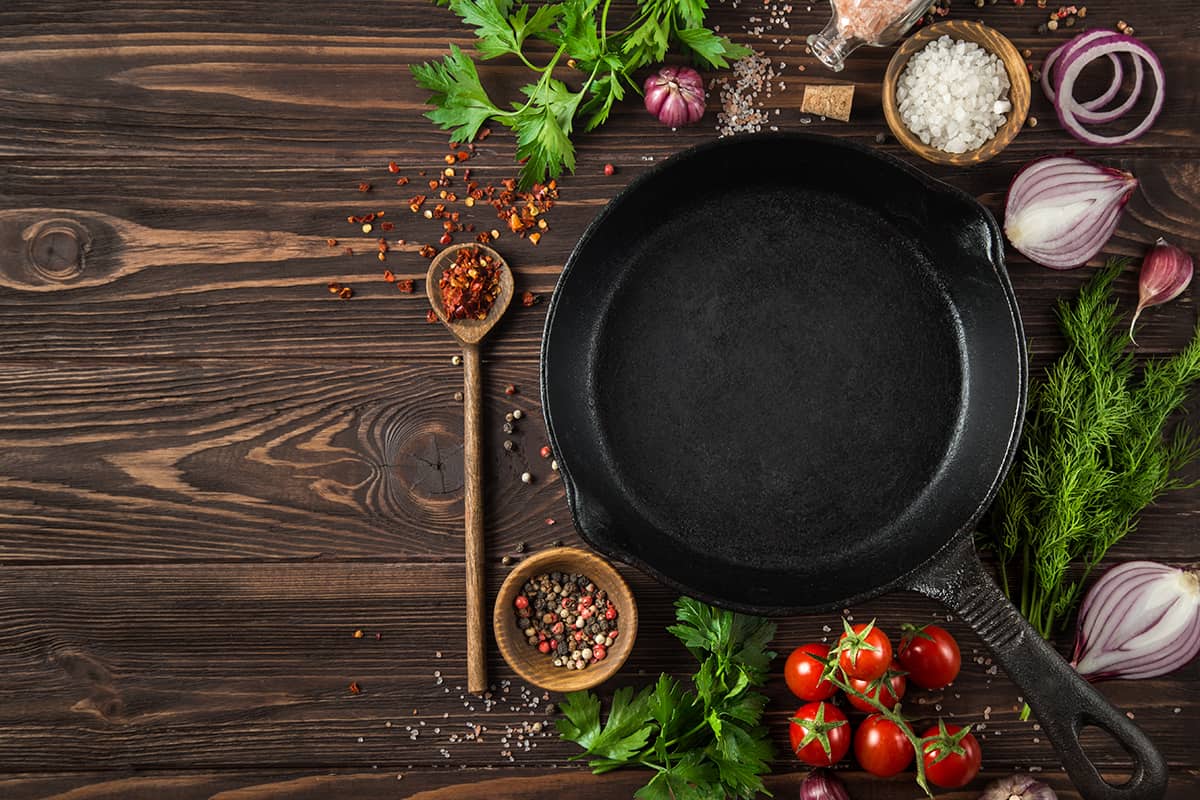
Believe it or not, cast-iron skillets are also an excellent alternative to cookie sheets. As an insulator, it takes longer to heat up and longer to lose heat, but when your skillet is hot, it can lead to some of the crispiest cookies you’ve ever tried.
However, using cast-iron skillets for baking cookies can be a bit tricky. Due to its long heating period, the skillet might heat up unevenly and cook multiple cookie dough balls at different rates. In addition, you will need to grease the skillet thoroughly, even if it is properly seasoned.
Pizza Stones
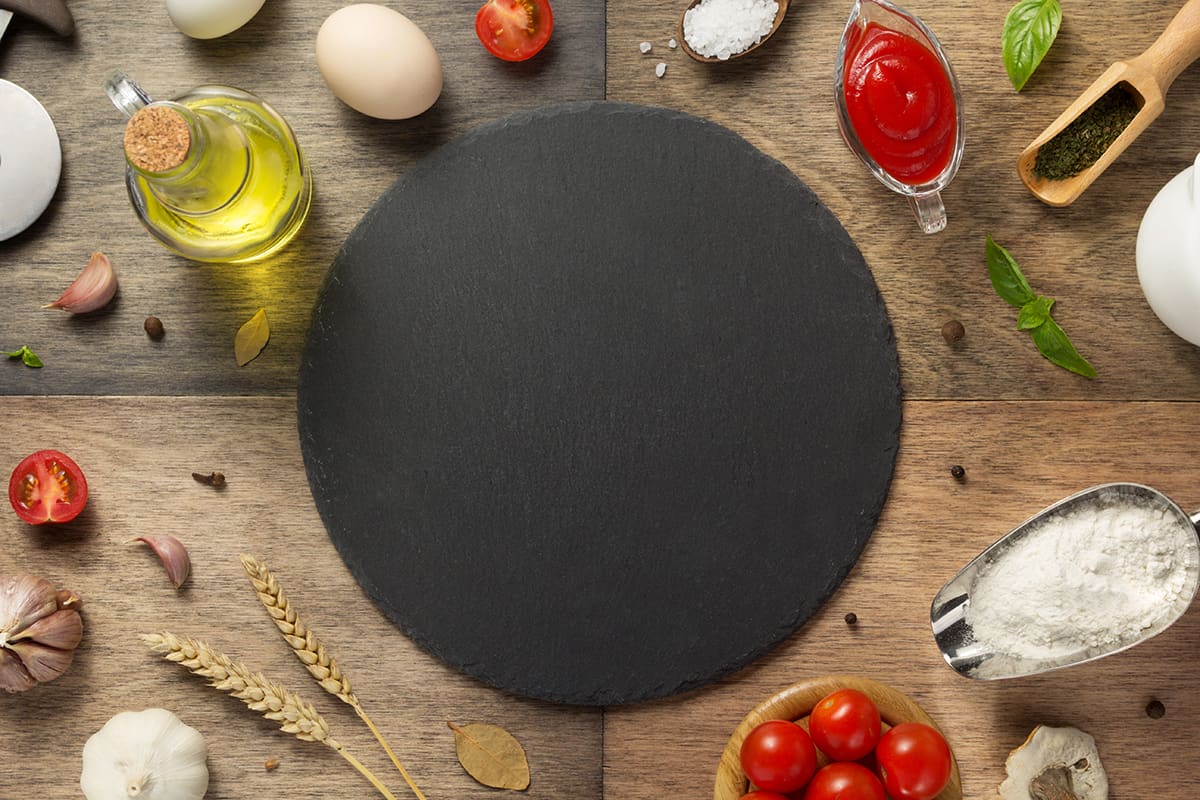
Stone bakeware like pizza stones is a fantastic substitute to cookie sheets, assuming you have great aim. You see, pizza stones take even longer to heat up, and when it is hot, removing them from the oven will cause them to lose a tremendous amount of heat. Also, pizza stones can be incredibly heavy, so you will have to through your pre-portioned cookie dough balls on top of the stone.
Of course, the safer method would be to get a flat pizza stone, which heats up quickly and is easy to move around. Also, greasing a pizza stone can be tricky since the blazing-hot surface of the stone could end up burning butter or oil.
So, only use a pizza stone if you’re really in a bind. If the other alternatives are available to you, I recommend using them before even thinking about using stoneware.
Can I Use a Non-Stick Pan to Make Cookies?
Yes, you absolutely can! I’ve seen plenty of TikTok and YouTube Short videos that show people making cookies in non-stick skillets. However, these online chefs make their cookies on stovetops, not in ovens.
Baking a non-stick skillet can lead to disastrous results, including the Teflon surface peeling off and even releasing chemical smoke, which is not something you want to happen in your kitchen.
Would I recommend using a non-stick pan to make cookies on a stove? It’s worth giving a try, especially if you have lots of time on your hands. However, if you’re looking for a traditional cookie—one that’s crispy on the outside and soft and chewy on the inside, you won’t achieve these results when cooking cookies.
